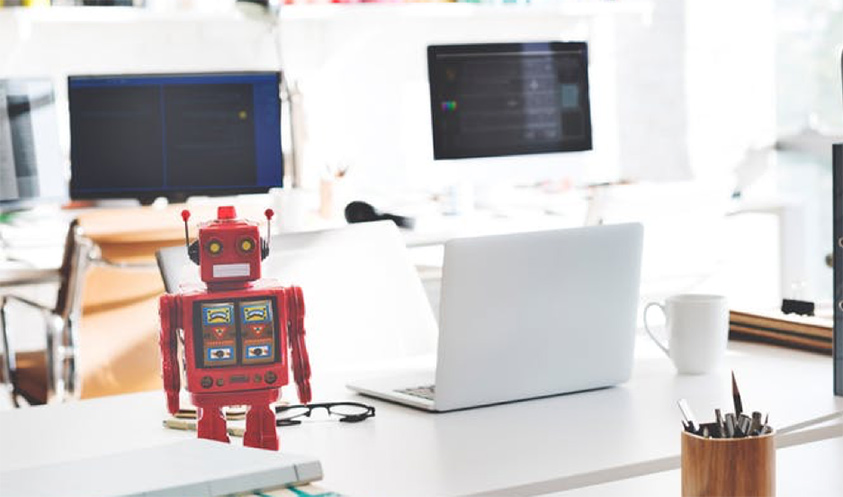5 min to read
Nowadays, advertisers are demanding 100% viewability. What does this mean? What is a “viewable banner”? And why are such metrics needed?
Understanding the Display Advertising Landscape
Display campaigns rely on networks, such as Google Display Network and Facebook, publishers, such as online magazines, and a long tail of web properties, such as blogs, directories, small websites, mobile apps, to serve their ads to real people. When advertisers start demanding for viewable ad impressions, this clearly means that they are not getting the desired results from those networks are serving their ads. Many people already know that offline media is full of campaigns that are not actually seen or are based in misleading metrics. But in digital, this may be a surprise for some of us.
Viewable Impressions in Display Campaigns
The first question advertisers should ask is: what is a viewable impression? According to IAB’s MRC (Media Rating Council), a viewable impression for a display banner is “an ad which appears at least 50% on screen for more than one second.” What about video? For “a viewable video ad impression, it is required that 2 continuous seconds of the video advertisement is played.” And, in Mobile, what are the industry standards? “Greater than or equal to 50% of the pixels in the advertisement were on an in-focus browser and more than or equal to one continuous second, post ad render. This time requirement applies equally to News Feed and non-News Feed environments.” These standards leave a lot of space for digital ad fraud to occur. So what does this mean for advertisers? The advertising market is becoming rightfully more demanding for performance and real outcomes for brands. Display is a strong channel for brands, but something is in the middle blocking the consumer journey path from awareness to conversion.
Here are the top 5 concerns when it comes to digital ad fraud in display campaigns.
1 - IAB Viewability Standards: Are they outdated?
The first issue with potential digital ad fraud in display advertising is with the viewability standards themselves. The IAB viewability standards have almost 4 years in the ground. Today they don’t reflect the propose about what a standard should really serve both advertisers and publishers. And let’s be clear: "nobody" who sees half a banner for a second gains awareness of the advertiser’s message.
But the existing definition of viewability allows IAB to securely say to an advertiser that they are building a brand in an efficient way. And while we recognize that this is better than nothing, it’s still not enough, and particularly with mobile first digital strategies. It’s quite easy to scroll down a newsfeed in social network and “see” a lot of banners for more than 1 second, and even with 100% of pixels.
But are those banners really absorbed by the viewer? I bet the answer is no!
Between January and June 2017, IAB analyzed display viewability in 29 markets and median display viewability was 47,5%. The top viewability went for Sweden with 52% average viewability and the worst market was Russia with only 32%. So, according to those numbers, we can forecast that only half of the impressed banners are actually being seen. 
2 - The need for a new set of viewability standards
Now it’s clear the actual standards aren’t high enough for the digital market from all perspectives: desktop, mobile, web, mobile apps. There are already several proposals in the market to give a real uplift to these metrics- a movement initiated by some media agencies and even publishers trying to defend their advertisers’ investments. When we talk about old print media, viewability is a top issue. The main metric for measuring reach is circulation, but what if people turned the magazine pages where your ad was inserted? And the same with TV: is my audience actually in front of TV? If they are, are they browsing the web with a tablet device? Or taking a nap? Or in the kitchen, while my ad is being displayed? But digital channels generate a huge amount of data and metrics. This means we have the power to measure almost everything, and we should.
3 – Pay per impressions: does the CPM model still make sense?
When an advertiser pays per impression, this puts him at risk of paying for impressions that are not seen by anybody besides a “machine”. This is why many advertisers are moving in favor of a Pay-Per-Click model. So, does it still make sense to run digital display campaigns on a CPM (cost per thousand impressions) model? It makes only if several quality metrics are considered. The advertiser should only pay for impressions that are really served and viewed with the necessary amount of time to see the full ad. To make sure that this is happening, we should have ad verification tools such as anti-fraud and brand safety tools in place. And, always guarantee that you’re using real-time updated black (and/or) whitelists to avoid fire up impressions on pages with unsafe content for advertisers. This is the only way to guarantee a “viewed” impression.
4 - Brand safety for digital advertisers
In offline media, publishers must be accredited by regulatory authorities to broadcast: televisions, newspapers, magazines. But, in digital, everyone has a voice. Anyone can create a website, insert some advertising deals (Google AdSense is still a very good example), create content, and start monetarizing the traffic. This is usually a low-quality, long-tail of small and unknown publishers: and here it’s quite fast to burn out millions and billions of impressions in half an hour (or less!). Because in digital there are no quality layers as there are in offline media, it’s mandatory to installs tools that analyze the content of website page before showing an advertiser’s banner. These tools are paid on top of publisher price and, of course, increases the CPM of your campaigns. That’s the trade-off of having quality traffic and publishers delivering your campaign. But it’s worth it if it means avoiding embarrassing, and potentially tarnishing, mistakes for your brand.
5 – Bot viewers and other reasons for ad fraud

Facebook and Google Ads Display Network are relatively controlled and regulated ecosystems. But the same cannot be said about other networks from open market suppliers.
There are a plethora of networks out there, a gigantic succession of carousels on top of other sub-networks; ones are more oriented to mobile, gaming, video, others more oriented to several topics.
According to WFA (World Federation Advertisers) “more than 18% of impressions/clicks come from bots”.
However, there are various other reasons for ads to have low viewability, not only because of bots:
- Banners impressed below the fold where users never scroll to;
- Lazy loading: only load the banner when the user scrolls nearby to the banner placeholder;
- Technical problems: The Ad Server delivers the banner, but the web browser never sees it; slow page speed; mobile problems rendering in mobile browsers;
- Tracking problems: the banner is seen, but tracking tool is not measuring it correctly;
- Adblockers: some adblockers only blocks the ad after the page render in web browser. The impression is served but the user will never see the blocked banner;
- Duplicated ad server tags: two overlapped served banners but only one is possible to be seen by humans.
Fighting Digital Ad Fraud and Ensuring Viewability
Fortunately, there are several tools in the market that can help you improve the viewability of your display campaigns. MOAT and IAS are excellent starting points. These platforms work on top of your ad server, allowing the control and audit of your campaigns according to viewability and ad fraud metrics. Sizmek ad server also has its own viewability and brand safety features, making it a great alternative to other networks.
Codedesign can help you move to programmatic advertising in a safe way, allowing to your brand to reach and discover premium inventory, apply brand safety, and with anti-fraud tools to make sure you get the most return on ad spend.
Codedesign is a digital marketing agency specializing in data-driven online sales and lead generation solutions for brands in a variety of verticals. Contact us to schedule a consultation with one of our digital marketing experts.
Voice of Experts
This article was written by Miguel Maio.


Add comment ×